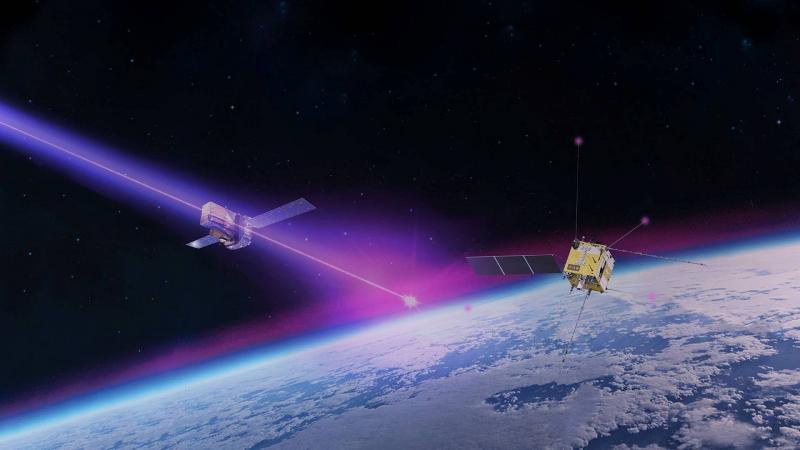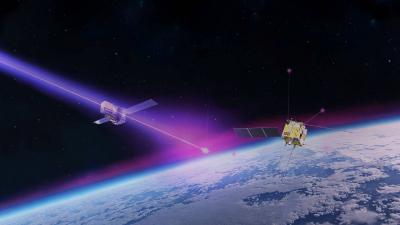The Russian Tomsk Polytechnic University announced that its experts have developed new techniques to aid in the study of cosmic rays. The university's press service stated: "Our experts have developed new sensors to be used in the TAIGA observatory, which will be employed to study the origin and overall composition of cosmic rays and to conduct research related to modern astronomy. This observatory will be installed over an area of approximately two thousand square meters."
For his part, Gennady Dudkin, one of the prominent researchers at the university, noted: "We have developed three types of optical sensors. It is essential to choose the appropriate model according to specifications and development costs, and it is also important to focus on the structure that will house these sensors, as these devices will operate in open areas."
He added: "The thickness of the sensors we have developed ranges from 27 to 30 mm, with each sensor's panel area ranging from 500 to 1000 mm, and the weight of each sensor ranging from 35 to 52 kg. In the future, we plan to launch limited production of these sensors."
Dudkin pointed out that "the challenges researchers face in developing large optical sensors usually relate to achieving consistency between the light collection mechanism and sensor accuracy. Therefore, the university's experts are working on developing new types of sensors that feature high precision, which can be used to study high-energy gamma rays. The TAIGA observatory will allow humanity to get closer to understanding these rays and their distribution mechanisms in the universe."




